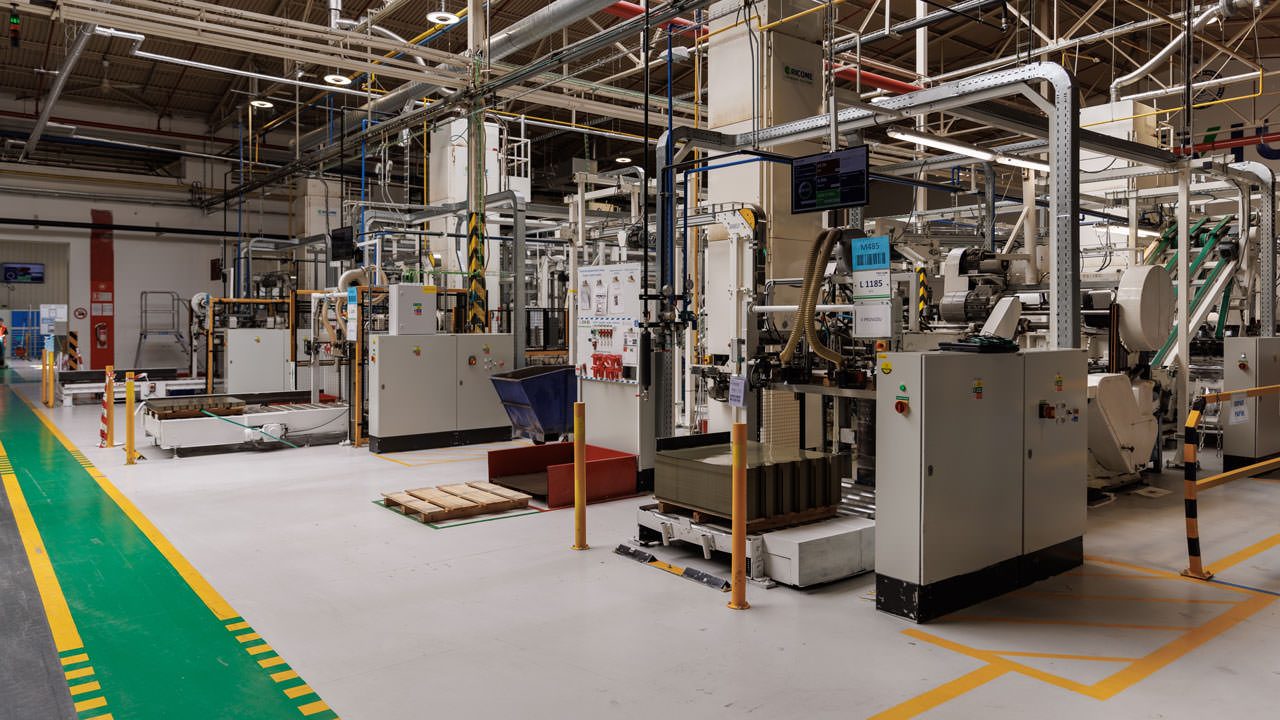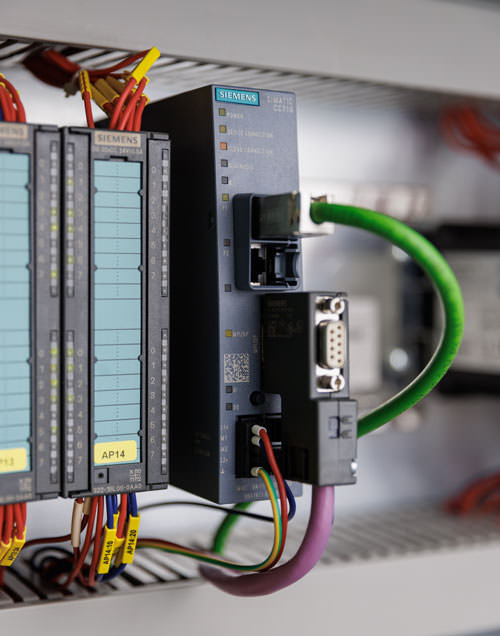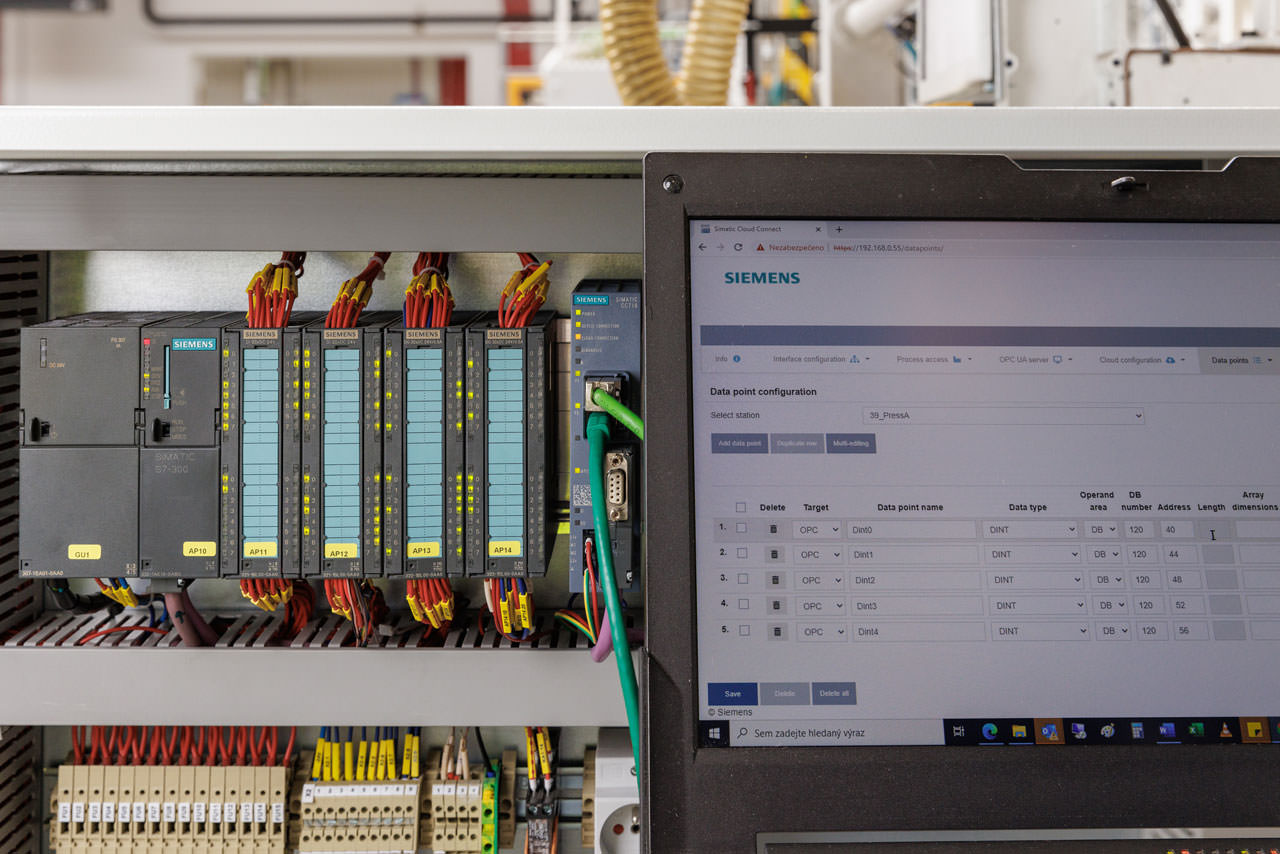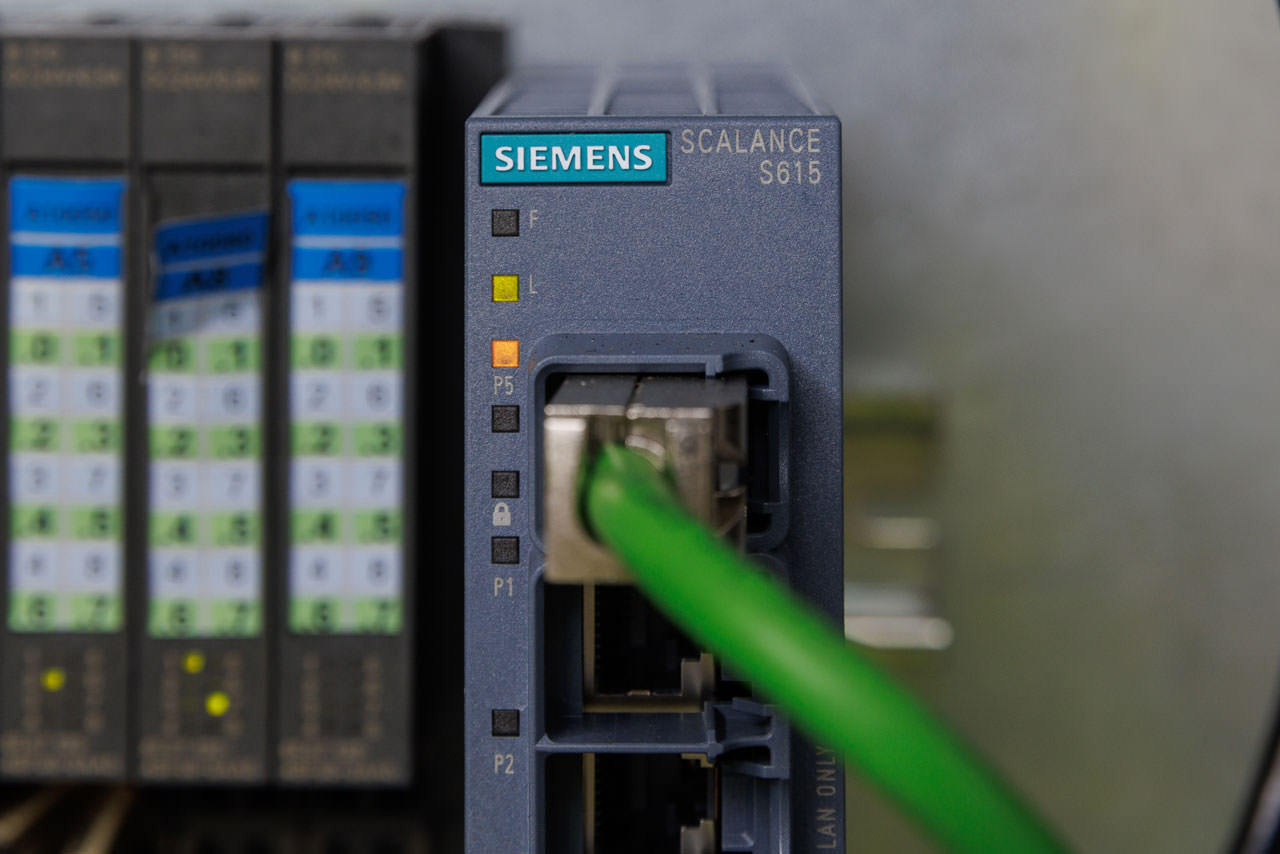TechnologyJuly 20, 2023
Intelligent gateways for manufacturing in the digital era

Benefits at multiple levels can be obtained by centralizing the collection of accurate data directly from production systems, its transmission, and subsequent processing. Digitalization helps to integrate enterprise-wide operations, optimize the manufacturing process, and facilitate the work of operators, maintenance staff, planners, programmers, quality assurance officers, and management.
Switching to automated data collection often requires an extensive upgrade of production lines, which translates into a costly replacement of machinery and technologies. However, unless absolutely necessary, older production machines that function in a problem-free manner do not need to be completely replaced – they can simply be fitted with components that add complementary functions for a fraction of the cost. In this way, the modernization process can be very gradual, spontaneous, and accurately correspond to current needs.
Siemens offers an extensive range of products that can considerably simplify this process by creating customized solutions.
Case in point

The Simatic CC716 industrial IoT gateway supports connection via Industrial Ethernet or the Profibus/MPI interface.
One of the many who have embarked on the path to digital transformation is Trivium Packaging Czech Republic s.r.o. The company has taken the first steps toward enterprise-wide data monitoring in its Skrivany metalworking plant in the Hradec Králové region, Czech Republic.
The objective was to integrate formerly separately operated machinery and production lines into a centralized system, which would use a single server to collect manufacturing data with to the aim of improving productivity. The cutting shop, the paint shop, and the lid production line were selected for the initial deployment of digitalization. These facilities are of key importance to the plant’s operations. One of the most demanding challenges was posed by the different ages of the machines, production lines, and deployed technologies. “The production lines needed to be connected to the network, but there was no communication infrastructure between individual machines. Individual groups of production lines differed from one another and contained components of different ages,” explains Trivia Packaging technical consultant David Capek. Some of the machines were fitted with the proven Simatic S7-300 control system that only features a Profibus DP interface. These units had an MPI interface only. The more recently installed lines were equipped with Ethernet, but they had not been assigned unique IP addresses, and it was not possible to furnish them with a communications processor or to connect them to the network without completely reassigning their addresses. Following an assessment of available options, David Capek selected technology offered by Siemens as the most suitable solution.

Operators can monitor data via a practical dashboard.
Digitalization of metalworking
Siemens proposed an innovative solution consisting of integrating all of the company’s machinery and production lines using the intelligent gateway Simatic CloudConnect 7 (Simatic CC716). This technology provides the option for future communication via the OPC UA protocol. In addition, it supports relatively outdated PLCs equipped only with a Profibus DP or MPI interface. The OPC UA (Open Platform Communications – Unified Architecture) protocol is the current standard in production automation digitalization. It can be found in all new units of the Simatic S7-1500 type.
The Simatic S7-1500 PLC, operating as an OPC UA client, first reads data from Simatic CC716 units and subsequently forwards it to the TLM (Trivium Line Monitoring) central enterprise system, which makes data available to Trivium Packaging plants worldwide. An additional benefit of this solution is the fact that the previously fully separate machinery and production lines can be easily programmed, monitored, and diagnosed centrally from any place in the production facility. In this way, the client has obtained the necessary functions, even though the original request related to data collection only. This goal could be achieved by taking advantage of application support from Siemens’ experts who helped the client’s management develop their conceptual approach and provided advice on subsequent component configuration. Installation and commissioning were carried out by David apek with the assistance of Trivium Packaging automation specialist and programmer Miroslav Frýba.

Convenient configuration of data points (from PLC to an OPC UA server) via a Simatic CC716 web server module with no need to change hardware configuration in Step 7.
Under the hood of the deployed technologies
As part of the project, it was necessary to physically interconnect production machinery in order to lay the foundation for the future backbone network using Scalance XC216 Industrial Ethernet switches. With 16 ports, these units have sufficient capacity for the connection of other components. Machines with duplicate addresses were connected by means of Scalance S615 NAT routers, which convert data from the internal to the external network using a unique address. In addition, they incorporate a hardware firewall to prevent unauthorized access and to ensure that communication takes place only between predefined IP addresses. Individual routers were configured to permit communication via predefined nodes only. This approach also allowed the newly built network to be spontaneously divided into microsegments.
The oldest PLC production lines with a Profibus DP or MPI interface were connected using Simatic CC716, a component developed for this specific purpose. Simatic CloudConnect 7 is an intelligent communication gateway, which also functions as an OPC UA server that converts the outdated, unsecured Put/Get communication protocol to the current OPC UA standard, which provides data to clients over the standard Industrial Ethernet network.
The Simatic S7-1500 control system was deployed as an OPC UA client. The system supports not only OPC UA, but also S7 communication with other machines in subnetworks, downstream from NAT routers. OPC UA is currently the most in-demand communication technology for new machinery and production lines because it can be configured to operate in a secure mode, a highly significant feature in light of the constantly growing demands on industrial cybersecurity. This technology is based on the client/server architecture. Its popularity stems from the availability of a wide range of components owing to the large number of manufacturers supporting the technology.
The option to install this communication device on older Simatic S7-300 and Simatic ET200S CPU automated systems, including units fitted with a Profibus DP or MPI interface, is of fundamental importance.

The Scalance S615 NAT router converts data from the internal network to the external network.
Incalculable value of accurate data
Trivia Packaging technology experts, aided by Siemens specialists, succeeded in centralizing data from machines that were previously completely separate, with practically no modification of the existing interface software. Thanks to the Simatic CC716 and Scalance S615 units, even the oldest parts of the machinery were connected to the digital network without the need for costly replacement of entire machines. Moreover, the high security standard was maintained.
The client’s production systems in the manufacturing facility are now centrally monitored, and the deployed solution provides a springboard for further improving productivity. “Until recently, the output from production lines was recorded on paper or using simple databases. Now, data is collected automatically. It is a simpler and more efficient method that allows operators to focus on their work. The system monitors the speed of production machines, their output, the quantity of defective products, and the time needed to reconfigure manufacturing machinery for a different purpose,” explains David Grzywacz, Industrial Engineer responsible for monitoring TLM production lines in the Skrivany plant.
“The key is to have data available, if possible, free of human error and to have certainty that the data is highly accurate,” says Maintenance Manager Jaroslav Morávek, adding, “the system allows authorized personnel to have online access to information on the operation of production machinery and to verify that it functions correctly. This translates into numerous advantages. The amount of paperwork has been reduced, reports were simplified, defects can be more easily resolved, the management of the manufacturing process was fine-tuned, productivity has improved on the whole, and further improvements can be made in the future.”
The integration of processes and collection of data have been highly beneficial for diagnostics because they have improved the serviceability of production lines due to the fact that online monitoring facilitates identification of the actual problematic unit. “The system also collects error messages, allowing the maintenance crew to deal with defects immediately and to pay closer attention to recurring problems. Another big advantage is connection over the current Wi-Fi network, meaning that no cables need to be installed in our large production buildings,” adds Capek.
Easy component replacement
One of the new system’s major benefits is the fact that network components can be easily replaced. All Scalance XC216, Scalance S615, and Simatic CloudConnect 7 components are fitted with a C-Plug or a CLP Plug (Configuration License Plug) to ensure that parameters are retained. In the event of a defect, C-Plug preserves the set configuration, including, where applicable, the firmware, allowing the defective module to simply be replaced on a unit-for-unit basis, where replacement can be performed on site by operators possessing no more than a general knowledge of the system.
“Our plant operates around the clock. Night and weekend shifts have to make do without IT support, which could mean a shutdown for as long as 24 hours in the event of a defect. A defective module of this kind, however, can simply be replaced by a worker possessing basic training. All that needs to be done is to install the new unit, replace the card, and disconnect and reconnect a handful of connectors. All in all, it takes no more than a few minutes. This is an enormous benefit that provides huge savings,” says Morávek in praise of the new system.
Plant supervision from home
A peek into the future reveals promising ways of using the Sinema Remote Connect remote network administration platform. A Key-Plug has been added to the Scalance S615 component, which allows the device to be connected to Sinema Remote Connect. It means that, in the event of a failure in the manufacturing process, a diagnostics specialist or another expert can connect to the system, essentially instantaneously and from any location, to resolve the problem.
That would translate into major reductions in downtimes and logistics costs. Access to a specific machine would be provided via a central point, subject to a guaranteed high level of security. This solution is currently under discussion, but Jaroslav Morávek is dedicated to working together with Siemens to push the current limits of Trivium Packaging plants even further.
Digitalization has proved to be the right choice for the Skrivany facility, and the plan is to connect all remaining production lines to the network in the future. The successful concept can therefore be replicated as a model solution at other Trivium Packaging plants in Teplice, Znojmo, and outside the Czech Republic.
Highlights of the Solution
- Reliable collection of accurate data uninhibited by the human factor
- Monitoring of the speed and output of production machinery and time needed for reconfiguration for a different production purpose
- Shorter downtimes and lower product defect rates
- Easy programming, monitoring, and diagnostics from any point in the production facility
- Simple identification of the causes of defects in machinery resulting in better serviceability
- More efficient management of the manufacturing process
- Higher productivity and process efficiency
- High level of security
Vladimír Ševcík, Product Manager, Siemens


